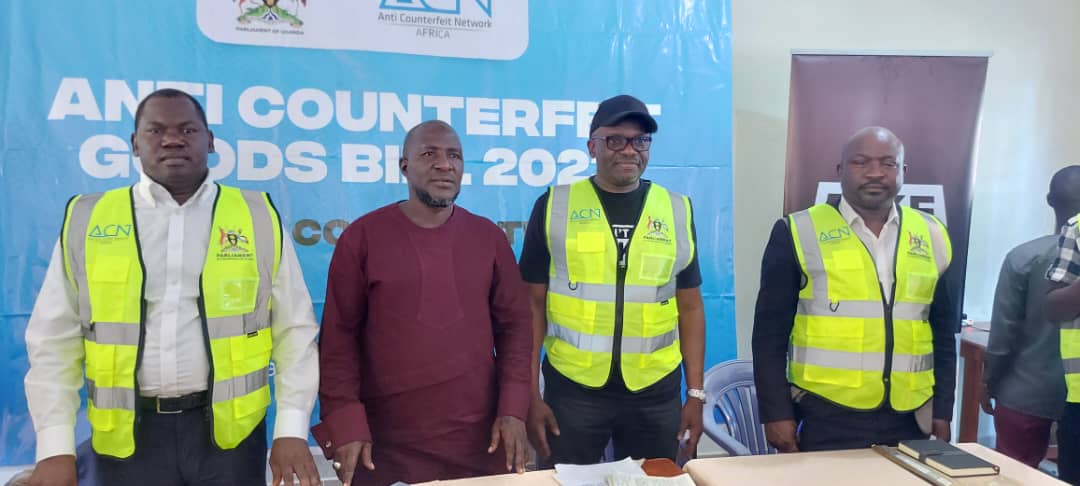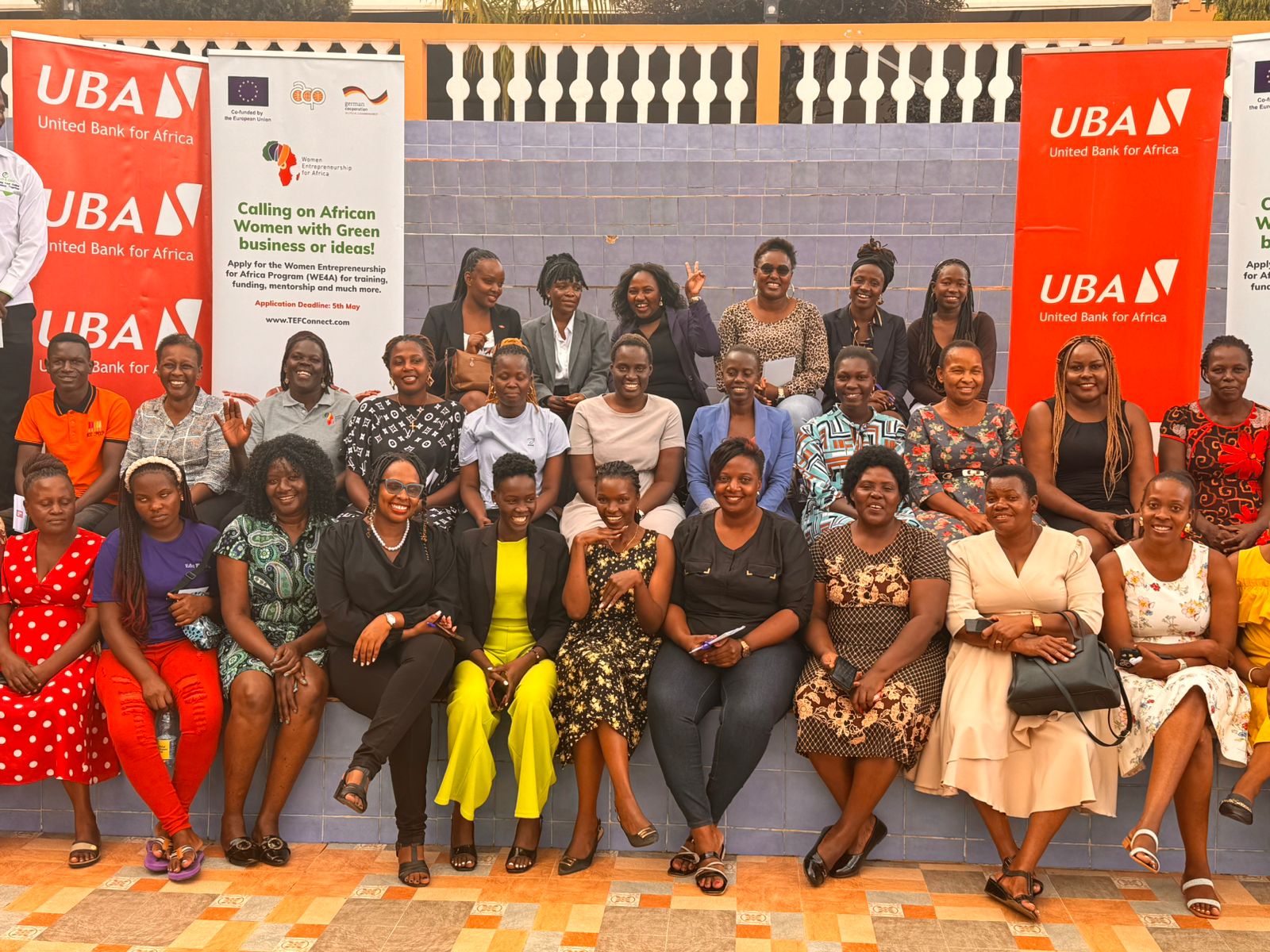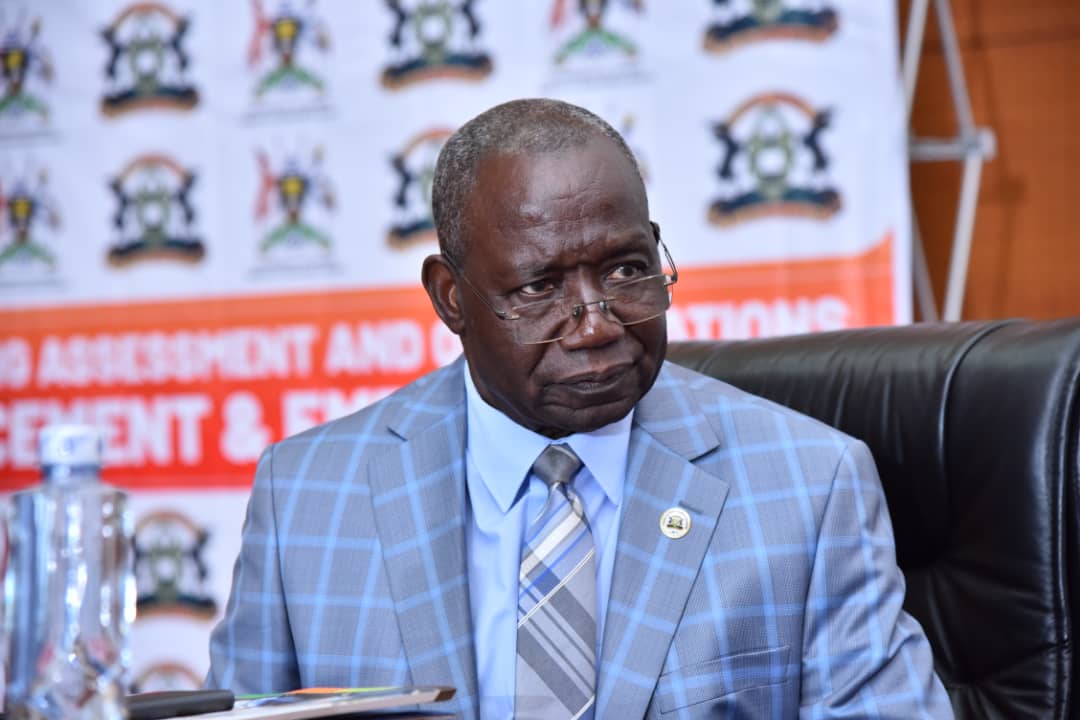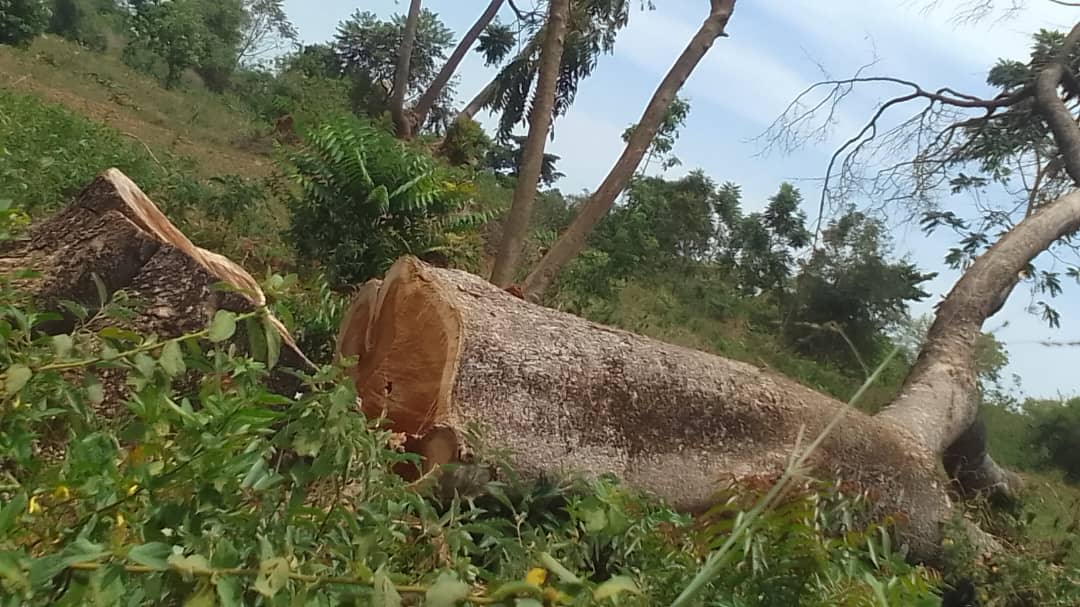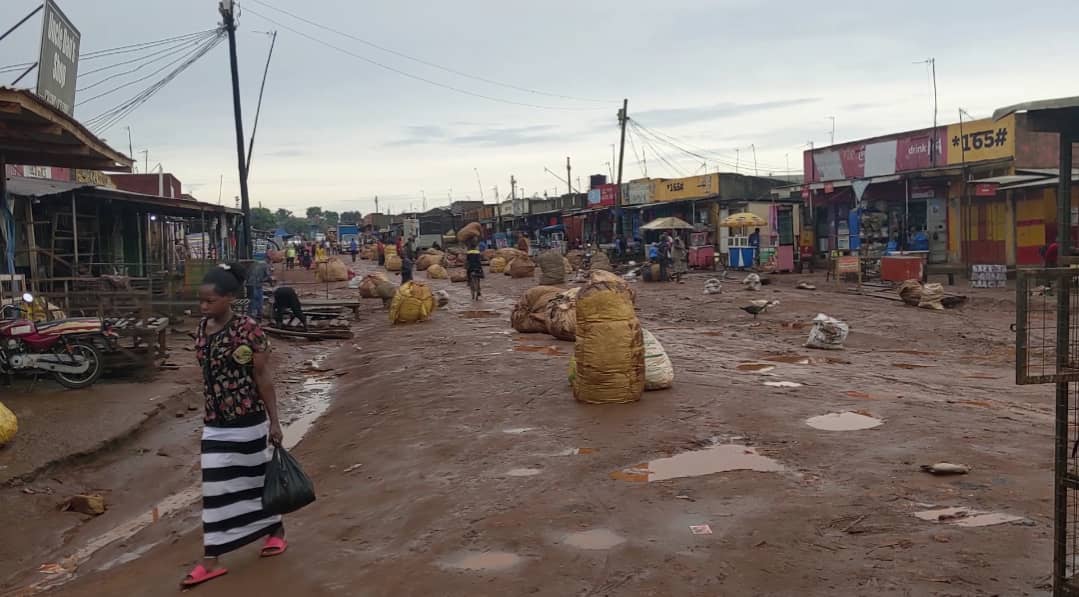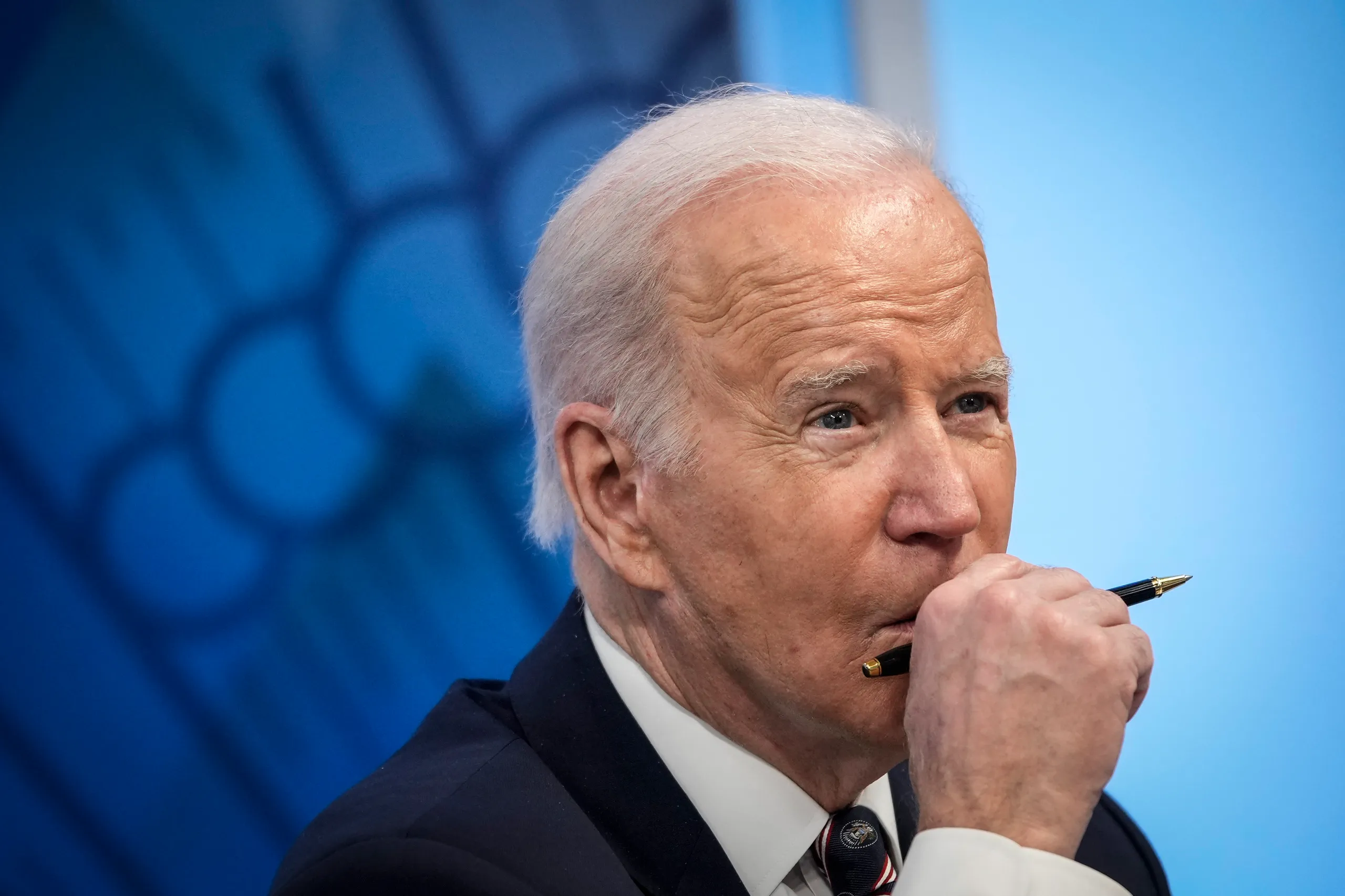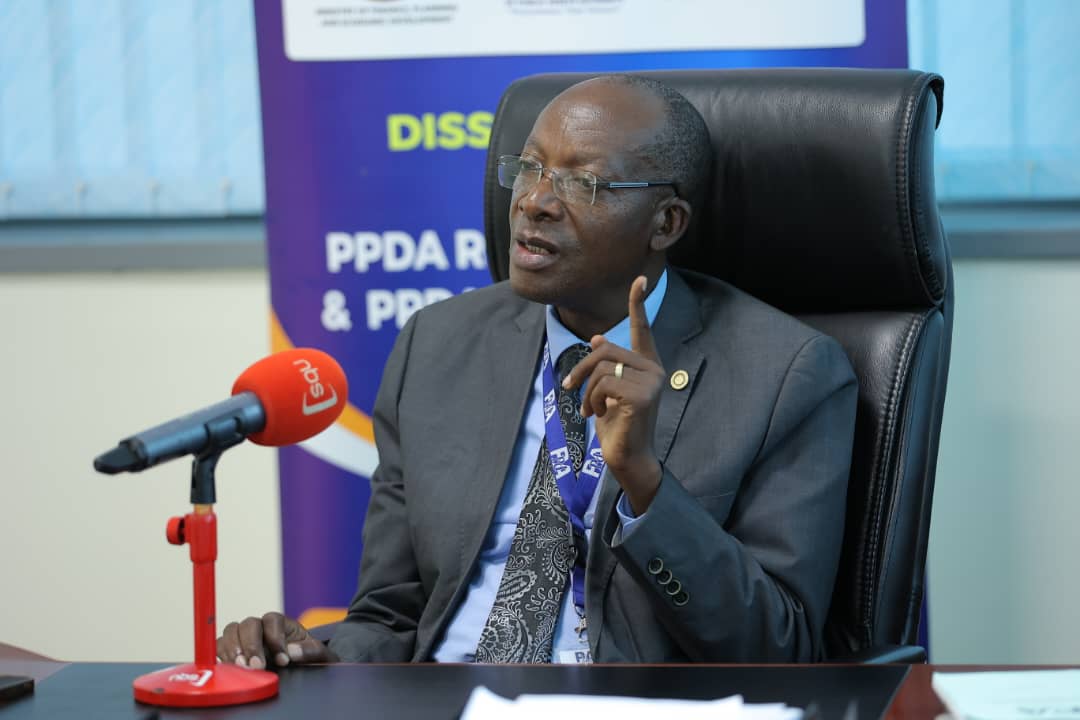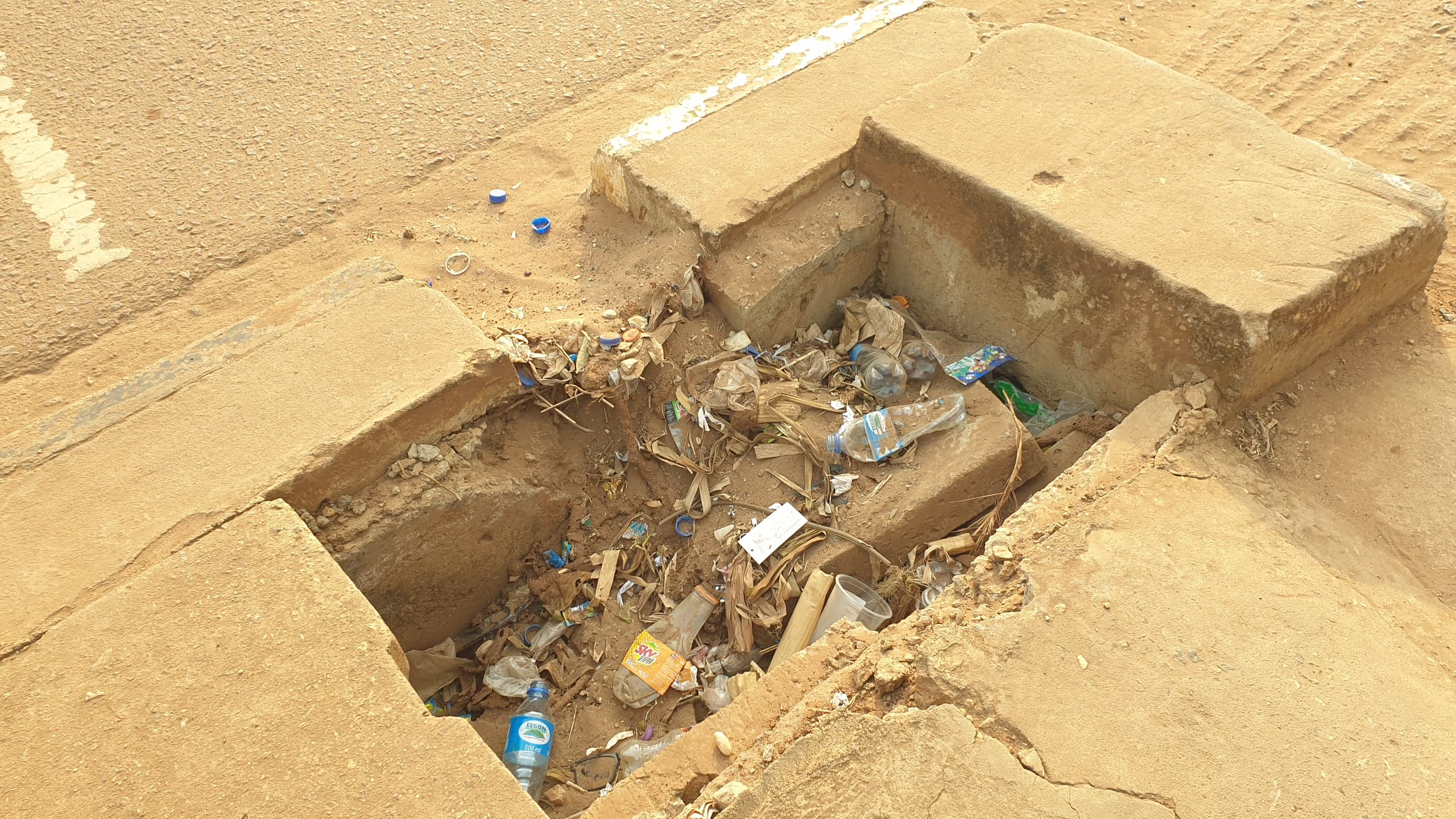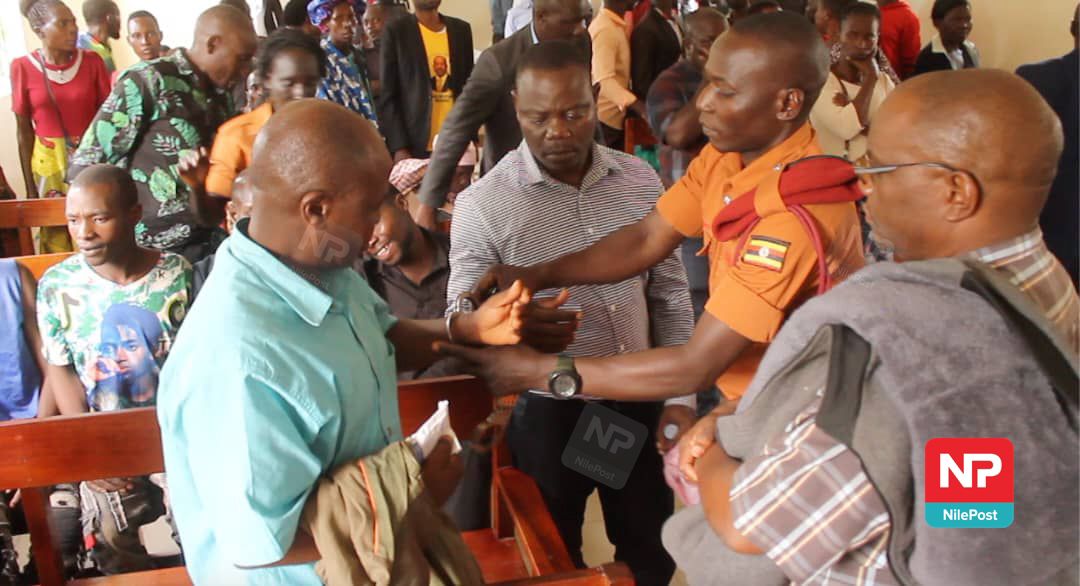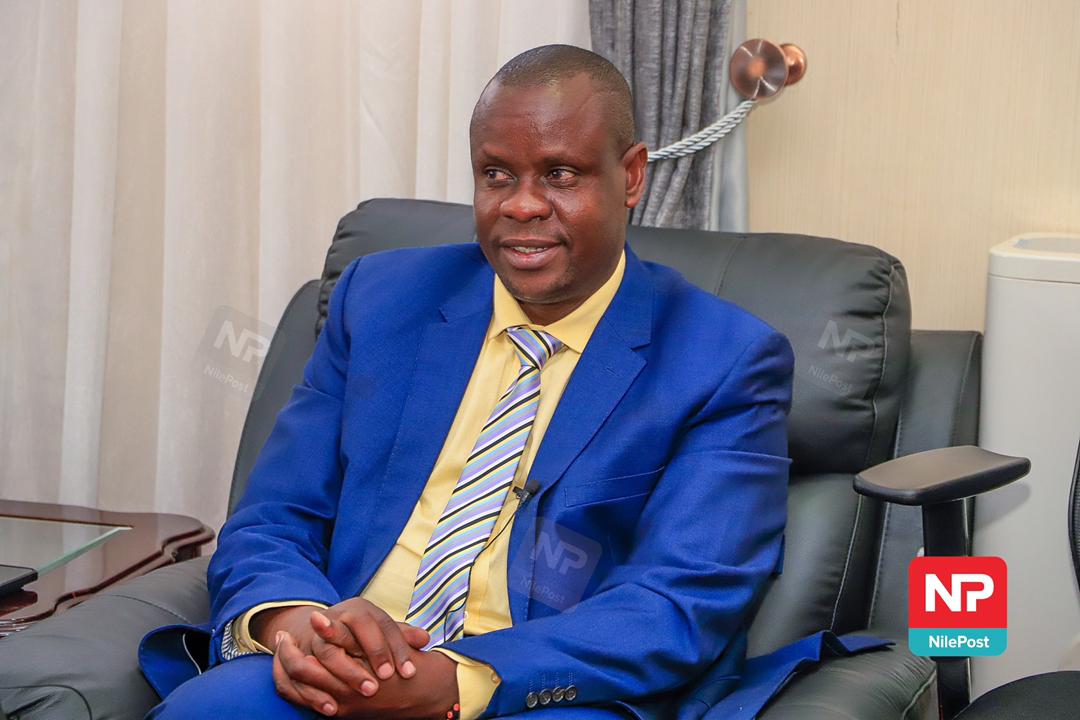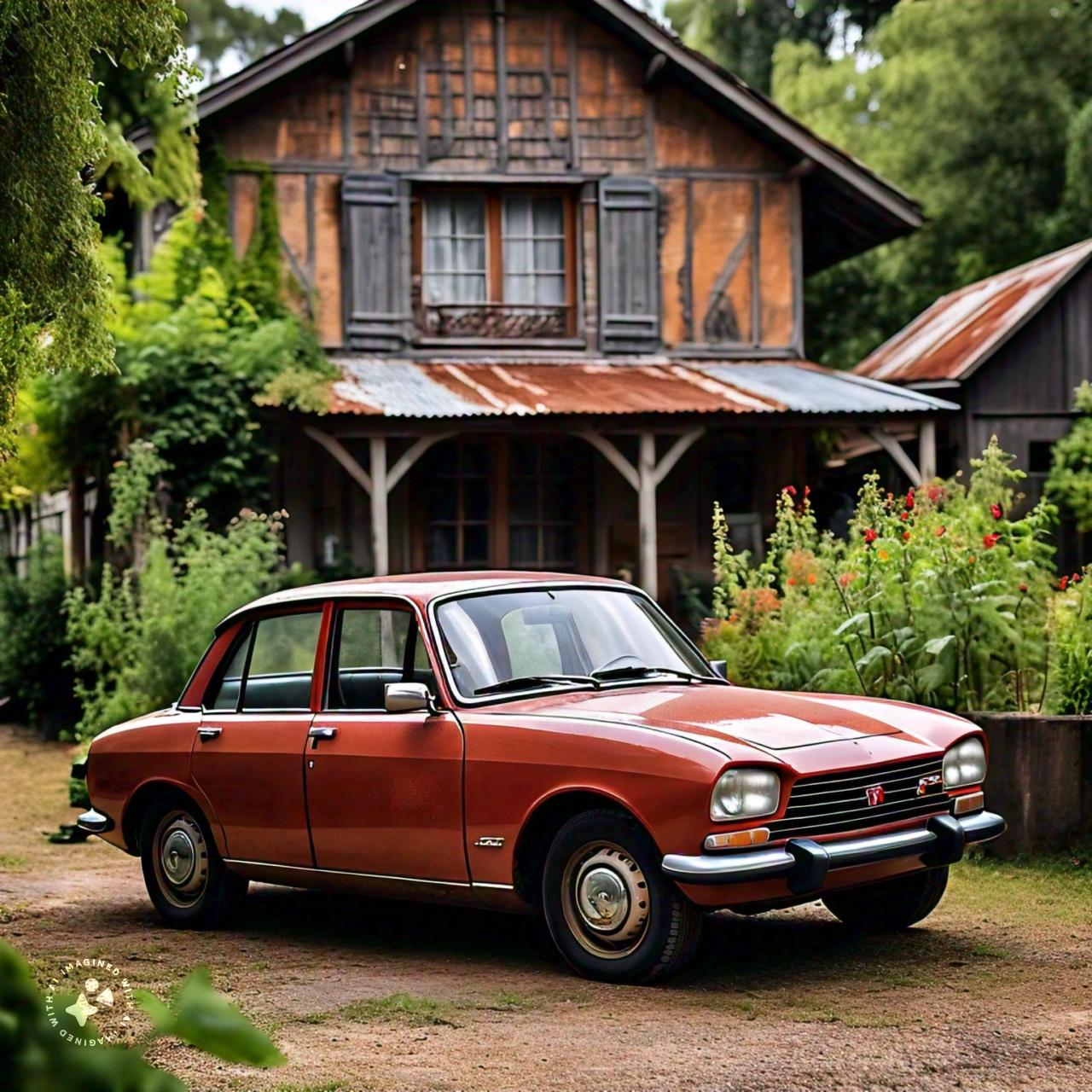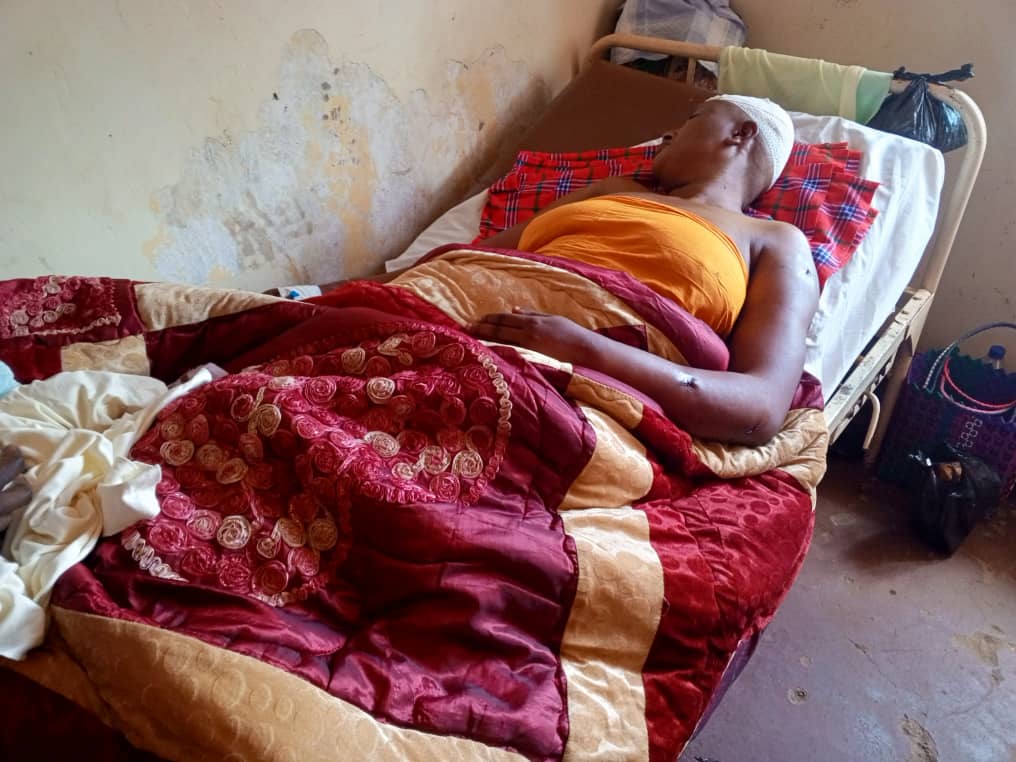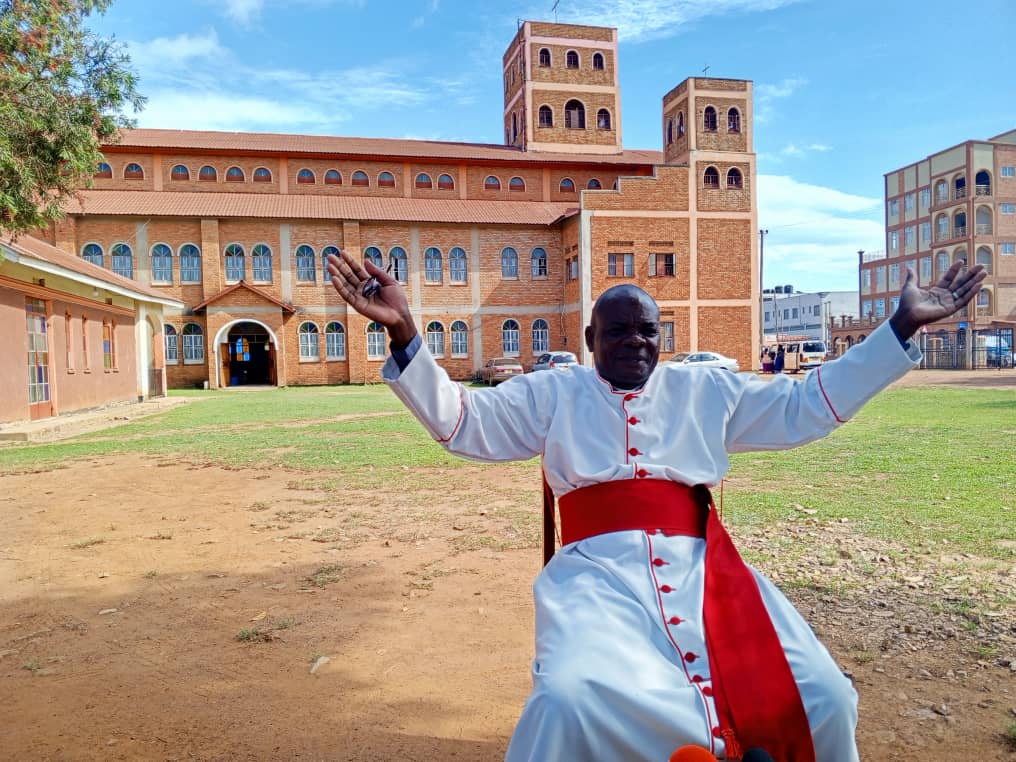Uganda engages international organisations to revise terms of withdrawal of troops from Somalia
Uganda has started engaging international organisations on a strategic level to ensure the terms of withdrawal of the Amisom troops from Somalia is revised, the Nile Post has learnt.
According to the Deputy Chief of Defence Forces in the UPDF, Lt.Gen. Wilson Mbaddi, the withdrawal should not be based on a specific time frame but rather when the Somalia National Army has attained the capacity to maintain their own security.
Keep Reading
- > Iganga school sets up robotic lab to make students future-ready
- > Bugiri business community pledges support for Anti Counterfeit Bill
- > Tony Elumelu Foundation to empower 3000 women entreprenuers in second edition of WE4A initiative
- > Lt Col Moses Kaggwa takes over as 204 Ant-Air Craft brigade commander
General Mbadi informed officers that at the strategic level, they are engaging international organizations to revise the resolution of the drawdown of forces in Somalia.
“Drawdown should be conditional based not time-based, and should depend on Somali security forces’ capacity to take charge of security. Otherwise, there is a risk of creating a vacuum that will be exploited by enemies of peace,” Gen.Mbaddi told commanders and staff at sector one headquarters-Mogadishu.
According to Gen.Mbaddi, the Amisom troops should stay in Somalia as they continue building capacity for the national army and that they can withdraw from the country they have occupied since 2007 when only they are sure that there is self- reliance on the side of the army.
Early this year, it was announced that the African Union troops in Somalia would close some of their forward operating bases (FoBs) when further reduction of 1,000 soldiers is implemented as part of the second phase of troop reduction after the first one was done in December 2017.
This is part of a resolution by the UN Security Council for Amisom to gradually handover the national security to the Somali National Army by 2020.
Uganda and Burundi which are the two biggest troop-contributing countries to Amisom have openly resisted the drawdown as per the United Nations Resolution 2431 and have since threatened to withdraw all their troops at once.
President Museveni recently said the UN plan for a phased withdrawal shows “lack of seriousness” in eliminating Al Shabaab from Somalia.
The Amisom countries insist that the Somali army is not yet ready to stand on its own and still needs assistance in terms of training.
To confirm the Amisom fears, in March the Somali National Army (SNA) vacated at least three of their bases in protest over months of missed pay.
The army which is funded by the government in Mogadishu abandoned bases in the Middle Shabelle region.
The UPDF was the first army to deploy in Somalia under the AMISOM in 2007 and by then, the Ugandan army was controlling less than 10% of the battered capital Mogadishu, the biggest part being in the hands of the Al Shabaab insurgents.
In one of the fiercest battles, in 2011, the Al Shabaab militants were expelled from Bakara market, which was one of the insurgents’ strongholds in Mogadishu and since then, the jihadists have never returned to Mogadishu.
UPDF’s deployment demystified the saying that AMISOM was a “dead on arrival” mission before opening the way for other countries to send armies in Somalia.
Since their expulsion from Mogadishu, Al Shabaab insurgents loom in other areas mostly in the Lower Shabelle region.
The Ugandan troops control the largest area after being deployed in Sector One in Benadir,(has 16 districts) Banadir, and Lower Shabelle regions having pushed Al Shabaab militants for over 200km away from Mogadishu city.



